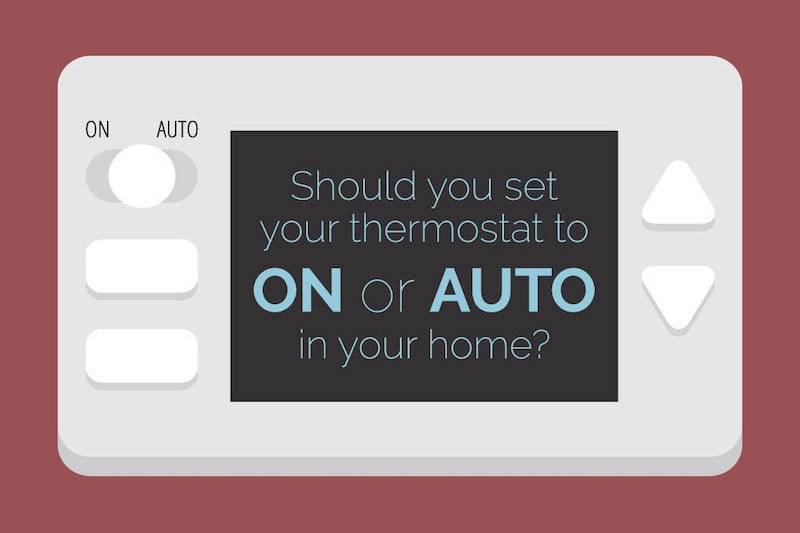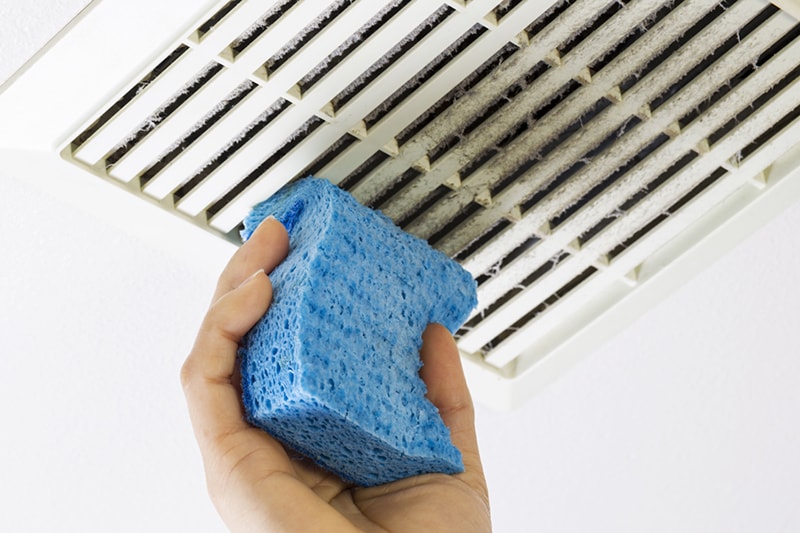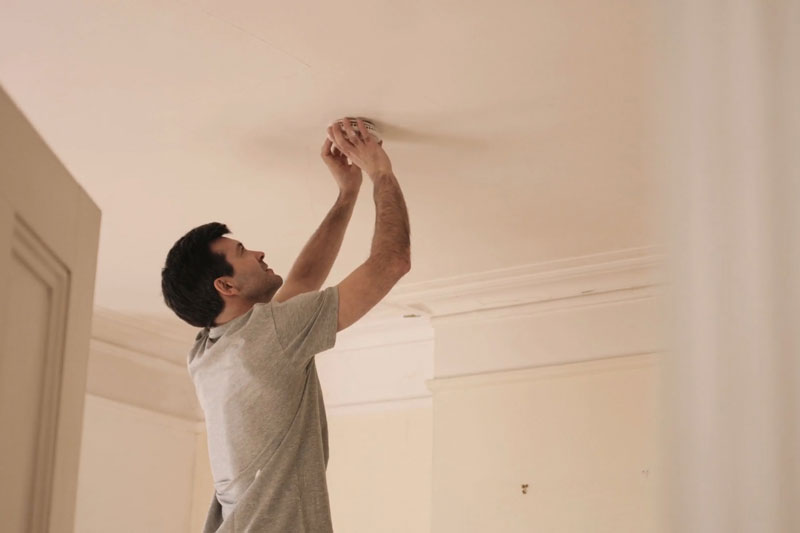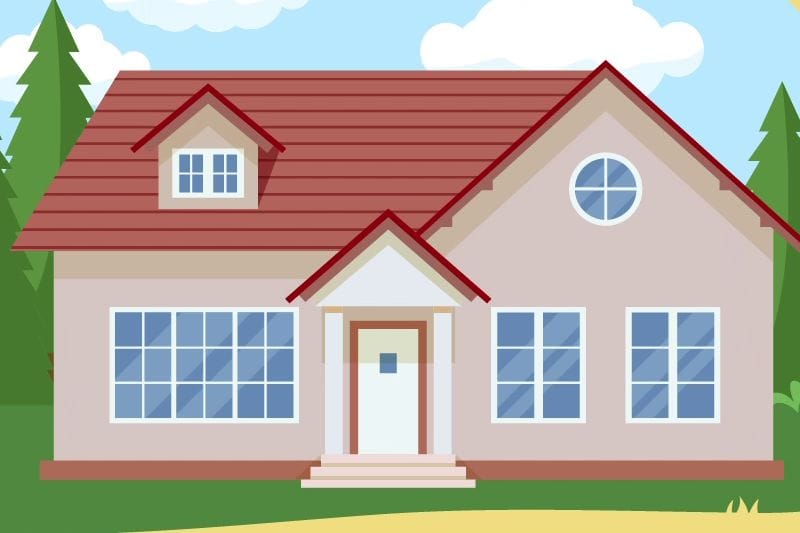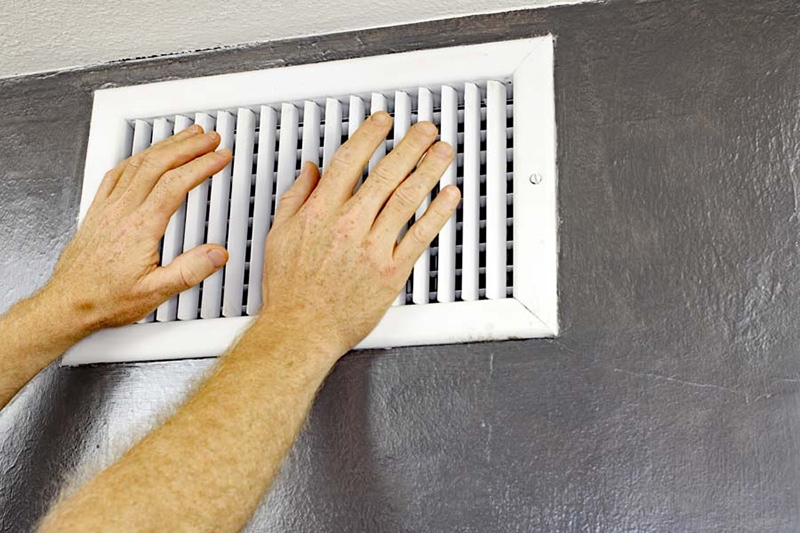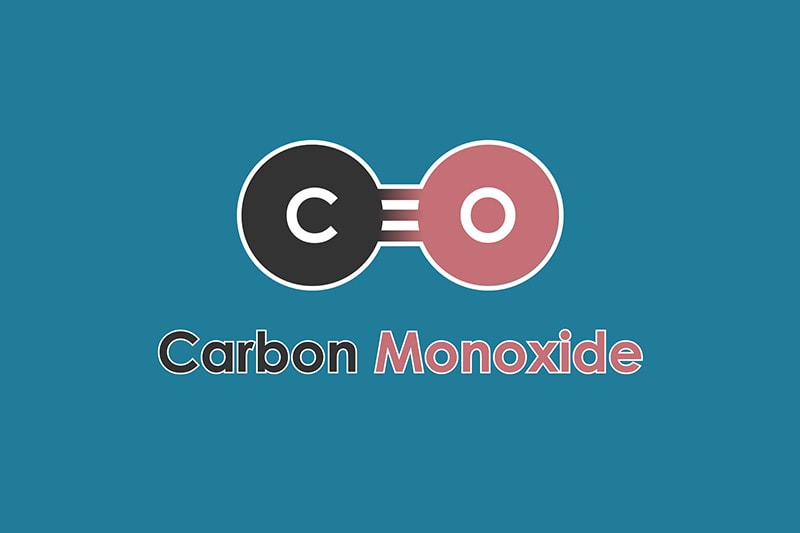News
Everyone loves to save money, and it’s a good idea to review different aspects of your budget now and again to see if there are more opportunities you have missed in the past. In the springtime, considering how you can reduce your energy bills is always a great idea.
Continue ReadingOn most thermostats you can choose between On or Auto for your fan settings. On tells your HVAC unit to run its fans all the time, even when the air isn’t being heated or cooled. Auto means the fan only runs when your air is being treated.
Continue ReadingJust like your lungs are an important connection to the rest of your respiratory system, your home’s ductwork, or air ducts, are importantly connected to your heating, ventilation, and air conditioning (HVAC) system. For your HVAC system—and your lungs—to perform at peak level, the numerous airways need to be open and clear. All in the name of breathing properly.
Continue ReadingChange the batteries in your smoke and CO detectors when you change your clocks for daylight savings. It’s an easy reminder to replace them and is very important for your safety!
Continue ReadingWhile an air conditioner’s efficiency is measured by its SEER (Seasonal Energy Efficiency Ratio) rating, an electric or gas- or oil-fired furnace’s efficiency is measured by its AFUE, or average fuel utilization efficiency. This standard measurement is given in percentages, letting you know how much of your fuel is actually used to heat your Indiana home and how much fuel is wasted.
Continue ReadingHave your utility bills suddenly jumped? It could be your heating and cooling system.
Continue ReadingDid you finally turn your furnace on this winter only to have cold air blowing out of your vents? Or did your furnace stop working just when you started to need it most? There are a few reasons your furnace may be blowing cold air, and there a few things to check before you need to worry too much.
Continue ReadingCarbon monoxide is a poisonous, odorless, tasteless gas. It is formed by the incomplete combustion of carbon, or the incomplete burning of natural gas and other things that contain carbon. It can often be mixed with other gasses with odors. Carbon monoxide can result from the burning of any of these, gasoline, kerosene, oil, propane, coal, wood and other things. It is also a byproduct of an internal combustion engine.
Continue ReadingNeed HVAC Service?
Contact the experts at Camflo Heating & Cooling.
Call us at 574-967-4200!

